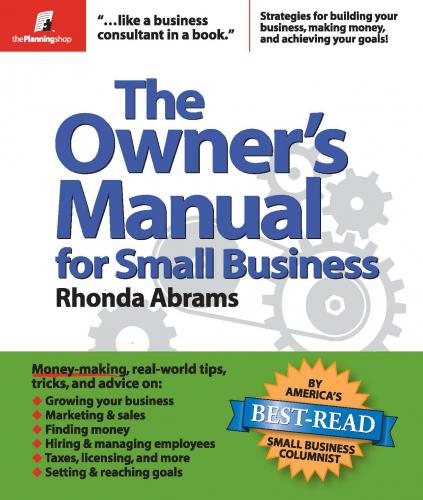Real problems have real consequences, and they have to be resolved.
Business failures or setbacks typically leave us with financial, credit, or legal messes needing to be cleaned up. It may take a while to get those straightened out, but doing so is part of the process of getting over it. Neglecting them is a sure way to stay mired in the original defeat.
Getting over it also means trying to figure out what happened and why. It’s easier to move forward when you see what you’ve learned from a bad situation, what you’d do differently next time, what you can do to make it better now. Perhaps you need to apologize to those you’ve wronged or forgive those who’ve hurt you. And, if necessary, say your goodbyes.
Yes, I know, some things are impossible to forget. Failures, losses, disloyalty—you can’t just pretend they never happened, and you wouldn’t want to. It’s important to remember your past, what you’ve learned, what you’ll change.
But remembering isn’t the same thing as holding a continual pity party. Old hurts are like scabs—they heal best when you stop picking at them. When you find yourself thinking about old disappointments—feeling angry, afraid, or sorry for yourself—make yourself stop. We all have internal conversations with ourselves. Now’s the time to remember Ann’s two-step program and tell yourself firmly, “Stay over it.”
“Get over it—and stay over it.” I’m not sure I’d advise you to use those words the next time your mate, child, or employee complains. But it’s a good message to give yourself—again and again. Because once you’re over those old defeats, you’ve got a better chance for new victories.
5
Strategy
Focusing on Your Focus
Whenever someone asks me to name the biggest problem for small business owners, my answer comes as a surprise. I don’t recite the expected litany of typical responses: paperwork, taxes, finding good employees. No, I reply with one word: Focus.
In a small business, there are so many different things to do, and so few people to do them, that an entrepreneur has to continually juggle priorities. It’s very different than working in a big company, where there are specialists for every product line, market segment, and area of operation.
At one of my workshops, one small business owner told me that throughout her work day, she thought of herself as having different job titles: Marketing Director, Chief Financial Officer, Director of Operations, shipping clerk, and so on. And she was an artist!
Handling so many tasks at once is exhausting. You’re constantly pulled in different directions. You’ve got a To Do list for each area of your business that could take up all your time. It’s very easy to end up feeling that you’re not succeeding very well in any of them.
Compounding the problem is that many of us are, in essence, running more than one business at once. Not out of choice, but of necessity.
For instance, a landscape designer might prefer to spend most of his time designing new gardens, which is business #1. But serving an entirely “one-time” clientele can mean expensive marketing (continually having to acquire new clients) and might not provide sufficient stable income. So, he might wisely decide to also offer ongoing garden maintenance—business #2. Since he doesn’t live in a sunbelt state, his business is seasonal. So he also offers snow removal—business #3. Eventually, some of his customers ask him to install and remove their outside Christmas decorations. Since that’s more predictable than snow removal, he adds and starts marketing that service. Business #4.
Adding each of these “businesses” makes sense, but it can make an entrepreneur schizophrenic. After all, our hypothetical landscape designer really wants to be creating inviting gardens, yet he spends part of his time fixing electric lights on reindeer on rooftops.
While I’m not dealing with twinkling Santa Clauses, I face the same dilemma. I own and run a publishing company. That’s my primary source of income. Business #1. But I’m also a speaker for conventions and conferences. Business #2. Taking up a lot of my time is writing books. Business #3. And you thought all I did was lie in a lounge chair by a pool, sipping a tropical drink, effortlessly typing out 700 words of expertly crafted business insight for my weekly newspaper column. Business #4.
I’m a big believer in finding a niche and sticking to it. As a business strategy, being highly focused makes it far easier to succeed.
But, you don’t want to have all your eggs in one business basket. If you’re too dependent on one client, or even one product line, you’re very vulnerable if there’s a change in that market.
What’s an entrepreneur to do?
Your Mission Statement
“If you don’t know where you’re going, how will you know when you’re lost?”
A Mission Statement is a written document that makes clear what your company does, and where it is going, and enables everyone involved in your company to share and understand the mission.
A Mission Statement doesn’t have to be long. Sometimes a relatively brief one sums things up best. By selecting a very small number of items, you send the message that these are your company’s highest priorities.
The key elements of a Mission Statement:
A Mission Statement only achieves value when management and employees use it as a touchstone. Share
